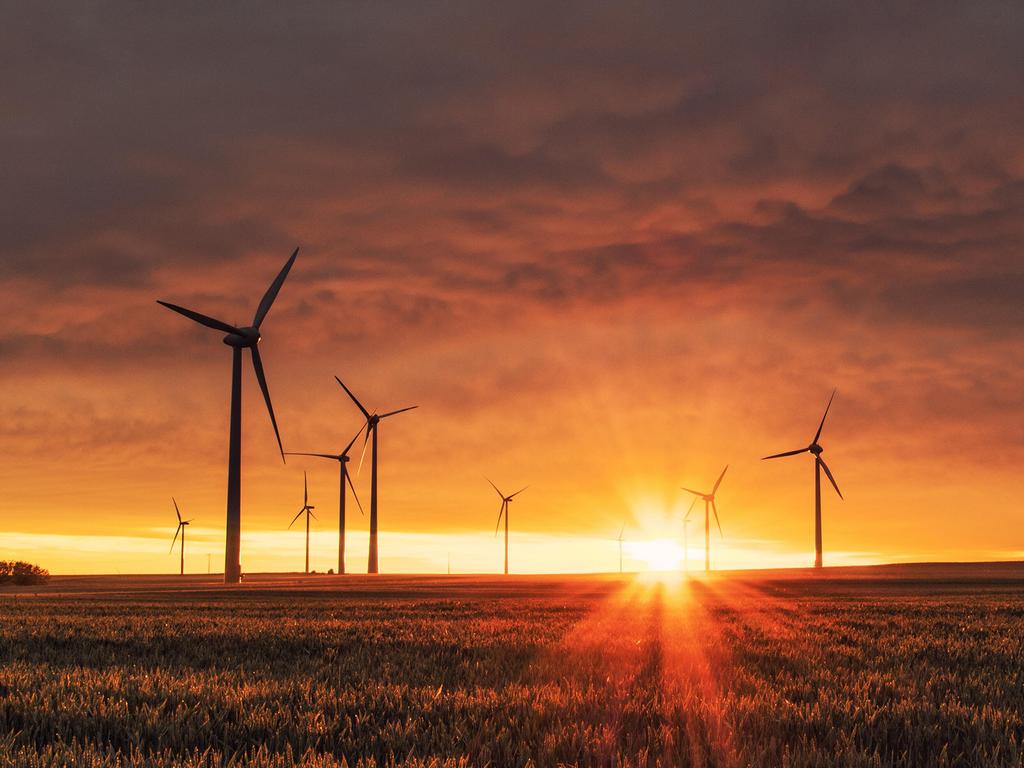Got hayfever? Here’s why you’re in for a really rough summer
Victorians are being told to brace for a “dangerous” hayfever season this month, with “extreme” pollen levels to hit hard, particularly for asthma sufferers.
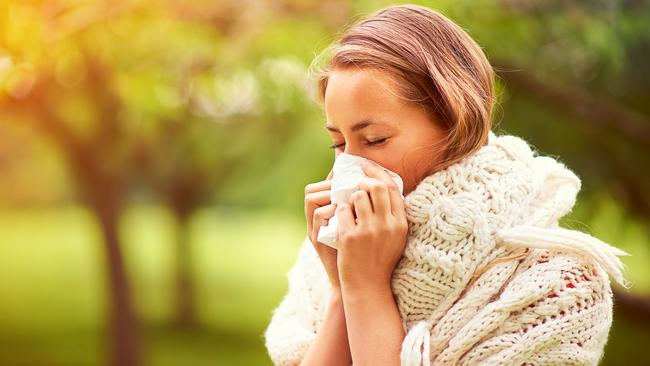
News
Don't miss out on the headlines from News. Followed categories will be added to My News.
Melburnians are being told to brace for “dangerous” pollen levels this month, warning the dreaded hay fever season is now becoming longer and more intense.
Allergic rhinitis, commonly known as hayfever, affects around one in four Australians.
It occurs when allergens like pollen or dust come into contact with the body, triggering an allergic reaction.
Grass pollen doesn’t only trigger seasonal allergies but in particular weather conditions, asthma attacks.
Will this summer be worse than last year?
Lead from Melbourne Pollen, Dr Edwin Lampugnani, said the city is forecast to have a “worse than usual” hay fever season.
“In an average season, we expect around 20 high or extreme grass pollen days and this year we’re expecting a few more than that,” he said.
He said it would likely be similar to last year, when Melbourne had 30 high or extreme grass pollen days.
“The season runs from October through to December, but November is always very challenging for those with hayfever and grass pollen allergies in particular,” he said.
“Because the plants have experienced a certain number of those warm days (by November), and those signals tell the plants that now is the time to reproduce and again release that pollen into the air.”
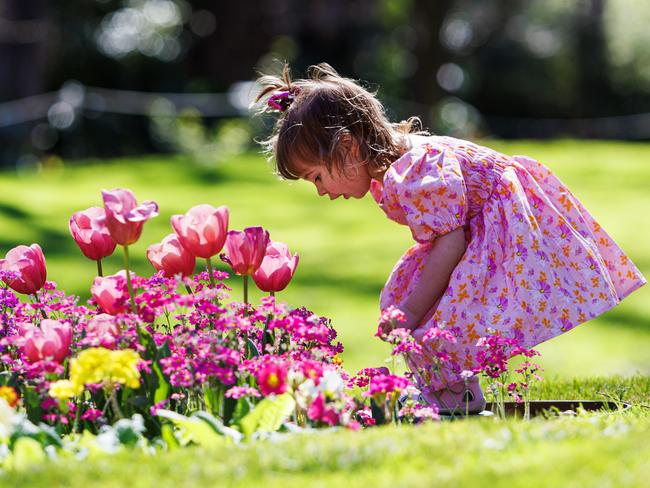
Why will it be so bad?
The main predictor for a bad hayfever season is the amount of moisture inside the soil, Dr Lampugnani said.
“Plants need water to grow, and if the soil is moist, that allows the grass to grow more vigorously, which in turn will lead to more pollen being released by the plants,” he said.
Victoria’s dry winter, followed by the predicted above-median rainfall between October and December, creates ideal conditions for rapid grass growth, the National Asthma Council of Australia warned last month.
“If predicted rainfall arrives between October and December, a rapid increase in grass growth could lead to frequent high and extreme pollen days later in the season,” they said.
Pollen and thunderstorm asthma expert from Deakin University Kira Hughes said hay fever seasons are getting longer and more intense.
“There’s been a lot of research around the world that’s showing climate change has been a massive driving factor in extending the pollen season,” she said.
“It’s also been a big driving factor in increasing the amount of pollen in the air, due to increased rainfall, plants producing more pollen, and more pollution in the air.
“Especially because we’ve had three back to back La Nina weather events in a row as well, which is incredibly rare and that’s led to extremely high levels of pollen.”
Is there an increased risk of thunderstorm asthma?
Ms Hughes said November is the worst month for thunderstorm asthma.
“All seven thunderstorm asthma events that have been recorded in Victoria occurred in November. This is the time to be vigilant,” she said.
Melbourne experienced the world’s largest epidemic thunderstorm asthma event in 2016 when thousands of people developed breathing difficulties in a very short period of time
About 14,000 people were taken to hospital and seven men and three women – aged 18 to 57 – died.
Ms Hughes said grass pollen is the main contributor to a lot of hospitalisations during thunderstorm asthma.
“In 2016 they found that at least 90 per cent of patients were allergic to grass pollen. Rye grass specifically, was 99 per cent,” she said.
“During a storm or when there’s high moisture in the air, this pollen absorbs that moisture and then bursts open.
“And when they burst, they release these tiny, microscopic allergenic particles, and they’re so small that they can get really deep in your lungs, and they cause really severe asthmatic symptoms.”
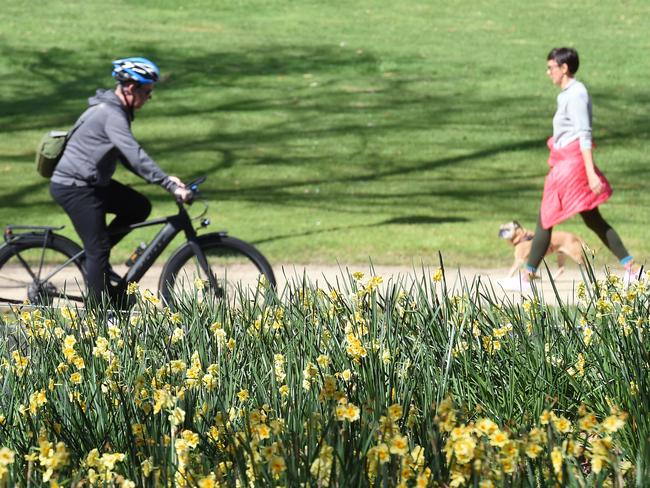
Why is it so bad in Melbourne?
Dr Lampugnani said Melbourne is one of the areas in Australia with more grass pollen than usual.
“It’s mostly driven by the amount of pasture land that we have across Victoria,” he said.
“So you can imagine Victoria’s pasture lands, where we have lots of cattle and sheep, a lot of that is grass. And that means that when we get those northerlies or north westerlies, on hot days, we see more grass pollen come into the city.”
Ms Hughes said Victoria has the highest rate of thunderstorm asthma in the world.
“Victoria alone has around 25 per cent of all thunderstorm asthma events worldwide,” she said.
“It’s mostly just due to the climate that we have here. Melbourne’s four seasons in a day kind of thing. Our climate changes very drastically.”
What about plane trees?
The polarising London plane tree is the most prevalent tree in Melbourne’s CBD.
While it provides lush greenery, the tree is known for its tiny plant fibres that can get stuck in people’s airways.
Dr Lampugnani said it isn’t the plane tree pollen that causes issues, it’s other parts of the tree that challenge people with allergies, mostly through irritation.
“On the leaves, for example, there are structures called trichomes, which are like little hairs. And in dusty, windy conditions those structures can break off, and they’re also very small, and they can travel down into your lungs and be irritating.”
National Asthma Council Australia spokesperson and allergist Professor Sheryl van Nunen said plane trees can irritate a large number of people, even those who do not experience hay fever or asthma.
“This can be reduced by removing the detritus from the plane trees, for example sweeping the streets more often in spring,” she said.
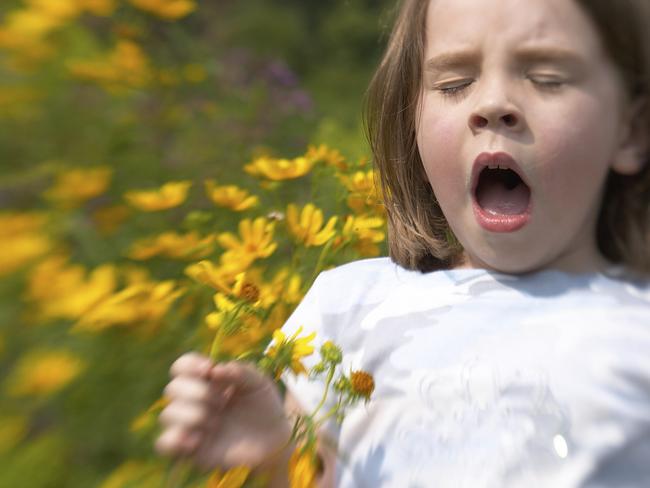
What can people do to keep hay fever at bay?
Dr Lampugnani said it was important Victorians keep an eye on pollen forecasts to prepare in advance.
“People should make sure that they’re staying indoors or have air purifiers turned on and make sure they’ve got a medication plan in place,” he said.
“It’s really important to be proactive and not wait until you start to feel symptoms, but take action beforehand.”
Professor van Nunen said regular use of a nasal corticosteroid spray during pollen season is the best treatment to control hay fever symptoms.
“Avoid being outdoors during thunderstorms in spring or early summer, especially the wind gusts that come before a storm,” she said.
Melburnians can keep up to date with forecasts online at melbournepollen.com.au.
What can people with asthma do?
Professor van Nunen said even for people who have never had asthma, but are experiencing worsening symptoms from hay fever including breathlessness, wheezing and tightness in the chest, should see their GP.
“If you or your child are allergic to rye-grass pollen and have asthma you could have a severe asthma attack if you are outside in gusty winds and exposed to grass pollen just before or during a thunderstorm,” she said.
“Even individuals who are living with mild asthma may need hospital attention and asthma can appear for the first time if there is a thunderstorm in the rye grass pollen season which is now.”
She recommended people with asthma over the age of six use a preventer (medication) to keep their asthma under control.
“A blue reliever inhaler does not stop the inflammation that causes asthma and will not prevent an asthma attack,” she said.


